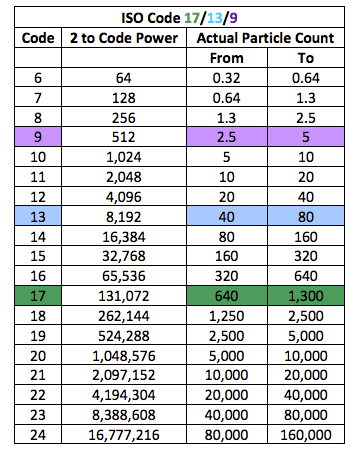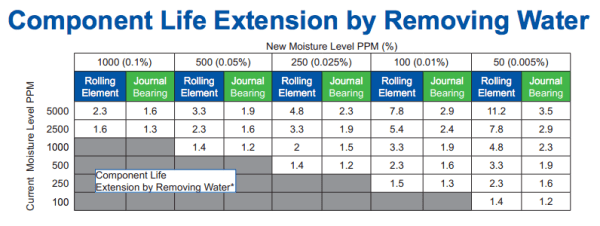The Problem of Varnish Contamination
Varnish contamination is the inevitable byproduct of many degradation processes in hydraulic and lubrication systems. The effects of varnish on industrial and manufacturing systems range from the nuisance of minor downtime and routine maintenance to, worst case scenarios, multi-million dollar catastrophic failures of major capital equipment.
Causes of Varnish in Hydraulic Oil
The building blocks of varnish come from oxidation byproducts that overcome the solubility of the oil, and thermal degradation from system hot spots, element sparking or pressure-induced dieseling (micro-dieseling).
Varnish in Turbine Oil
AW type hydraulic oils are susceptible to varnish deposit formation (common in plastic injection molding machinery).
Varnish and Solubility
Warmer oil can hold more oxidation byproducts in solution but as the oil cools, oxidation byproducts (feedstock for varnish deposit formation) come out of solution and can form deposits in servo valves and other critical components. The first video below shows two oil samples from the same gas turbine with
At the beginning of the
The SVR® treated sample on the left has no soluble oxidation by-products in solution, and thus it can safely cool without releasing varnish causing contamination, which will result in a successful turbine start without







